Refractive Surgery

What is myopia?
Myopia, or near-sightedness, is a common vision condition in which light entering the eye focuses in front of the retina rather than directly on it. As a result, distant objects appear blurry while close objects can be seen clearly. Myopia can be categorized into two types: refractive myopia, which results from excessive focusing power of the cornea or lens, and axial myopia, which is caused by an elongated eyeball.
Emmetropia (Normal)
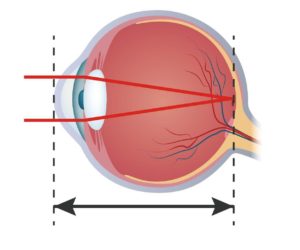
Light focused directly onto the retina, enabling clear vision.
Myopia
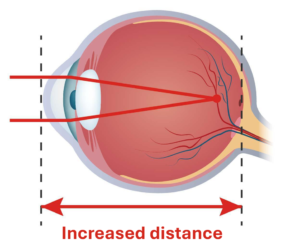
Light focused in front of the retina, causing distant objects to appear blurry.
Principles of Refractive Surgery
Refractive surgery encompasses a range of surgical procedures designed to reshape the cornea, enabling light to focus properly on the retina. These procedures are used to correct vision problems such as myopia (near-sightedness), hyperopia (far-sightedness), and astigmatism, often reducing or eliminating the need for glasses or contact lenses.
Diagram of the Cornea
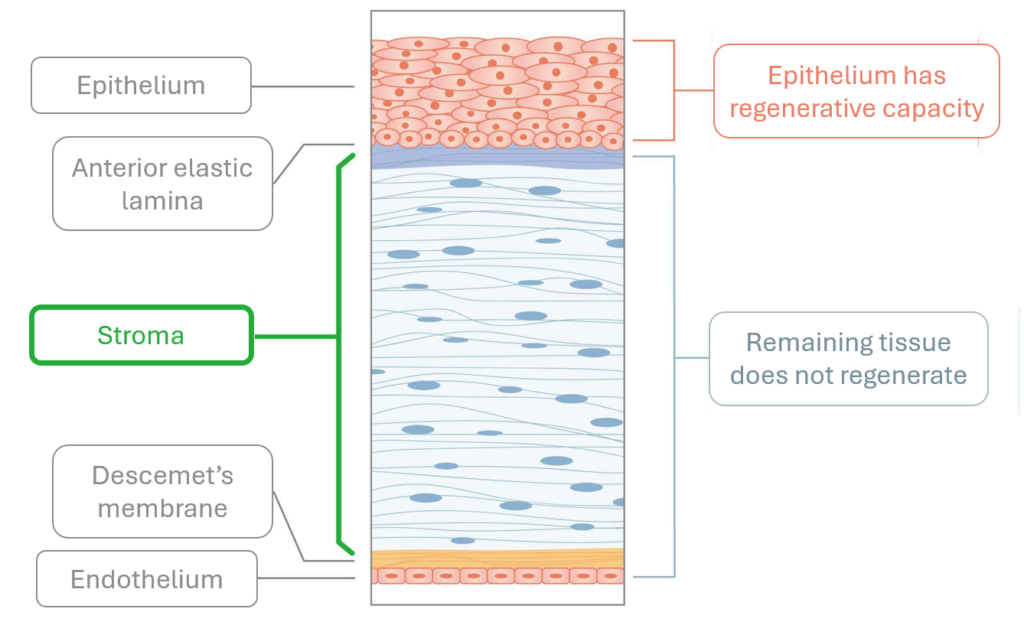
The cornea contains many layers of cells, including the epithelium, anterior elastic lamina, stroma, Descemet’s membrane, and endothelium. Refractive surgery alters the curvature of the stroma, the primary structure of the cornea. This allows the cornea to focus light entering the eye directly on the retina. The epithelium regrows and heals after surgery to protect the cornea, whereas changes to the stroma are permanent, allowing vision correction to be permanent.
Before myopia correction
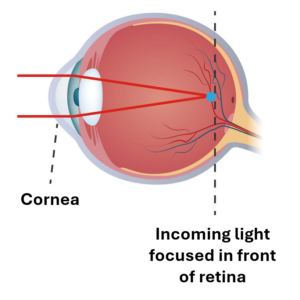
After myopia correction
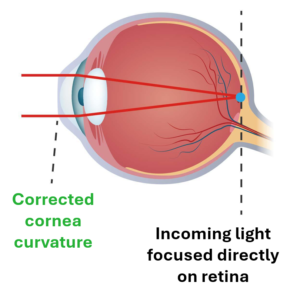
In myopia, the curvature of the cornea is too great, causing light to be focused ahead of the retina. Refractive surgery flattens the curvature of the cornea, projecting the light directly onto the retina.
Evolution of refractive surgery techniques
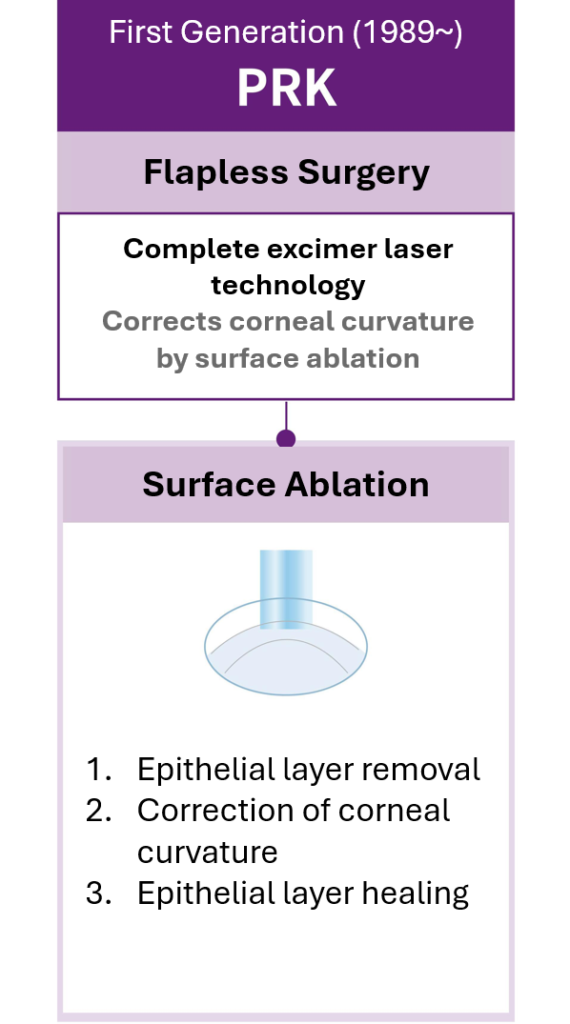
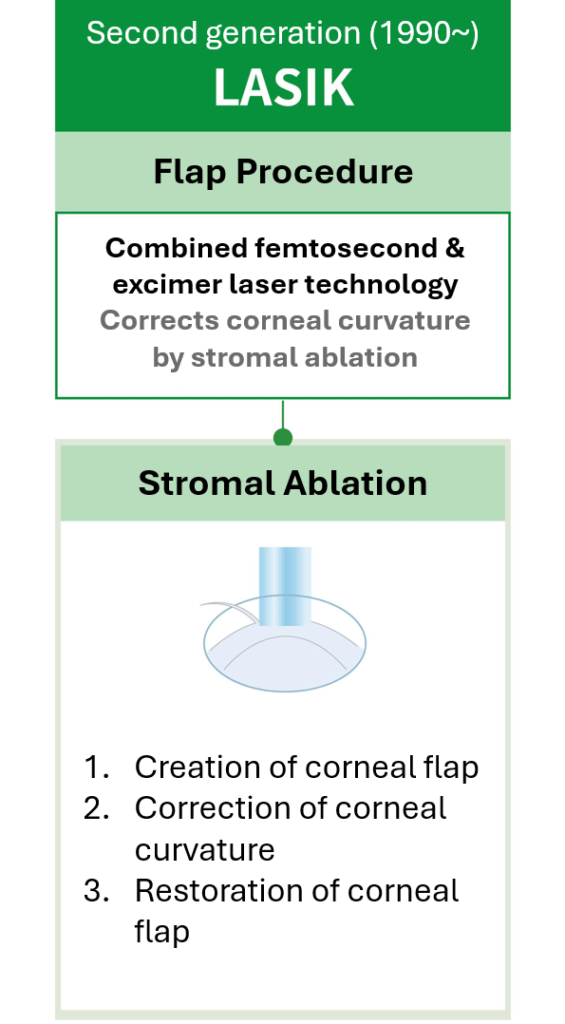
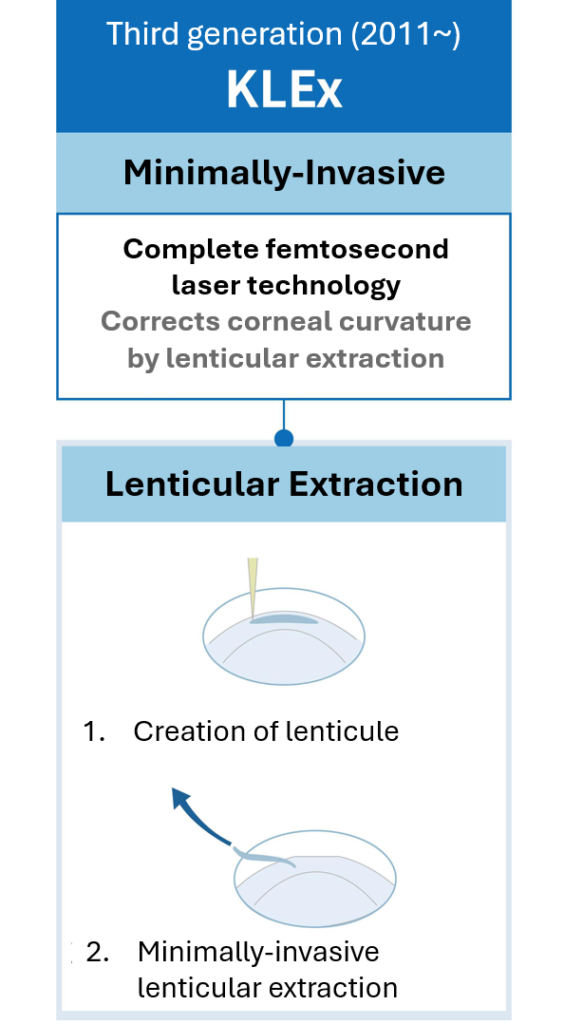
First generation: Photorefractive Keratectomy (PRK)
Photorefractive keratectomy (PRK) is a type of refractive surgery in which the outer layer of the cornea (the epithelium) is removed to expose the underlying corneal tissue. An excimer laser is then used to precisely reshape the cornea, correcting refractive errors without generating heat or damaging surrounding tissue. After the procedure, the epithelial layer naturally regenerates and gradually heals over the reshaped cornea. In conventional PRK, the epithelium is prepared with an alcohol solution and removed with a knife. In TransPRK, an excimer laser is used to both ablate the epithelium and sculpt the underlying cornea.
Conventional PRK
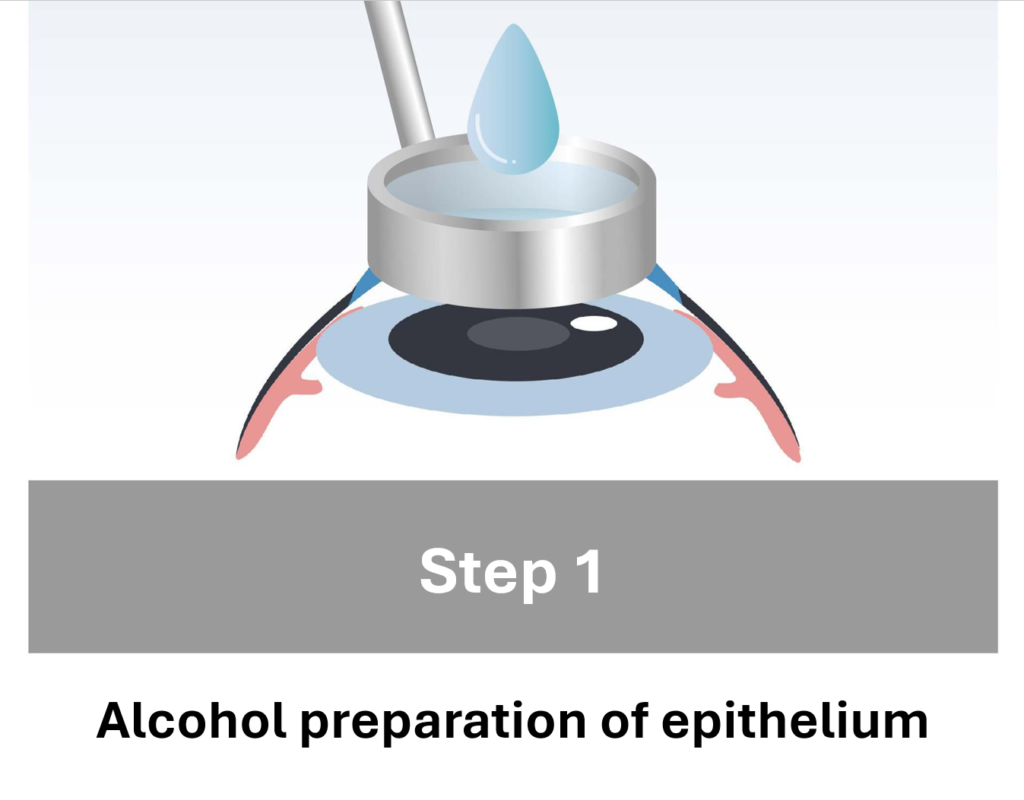
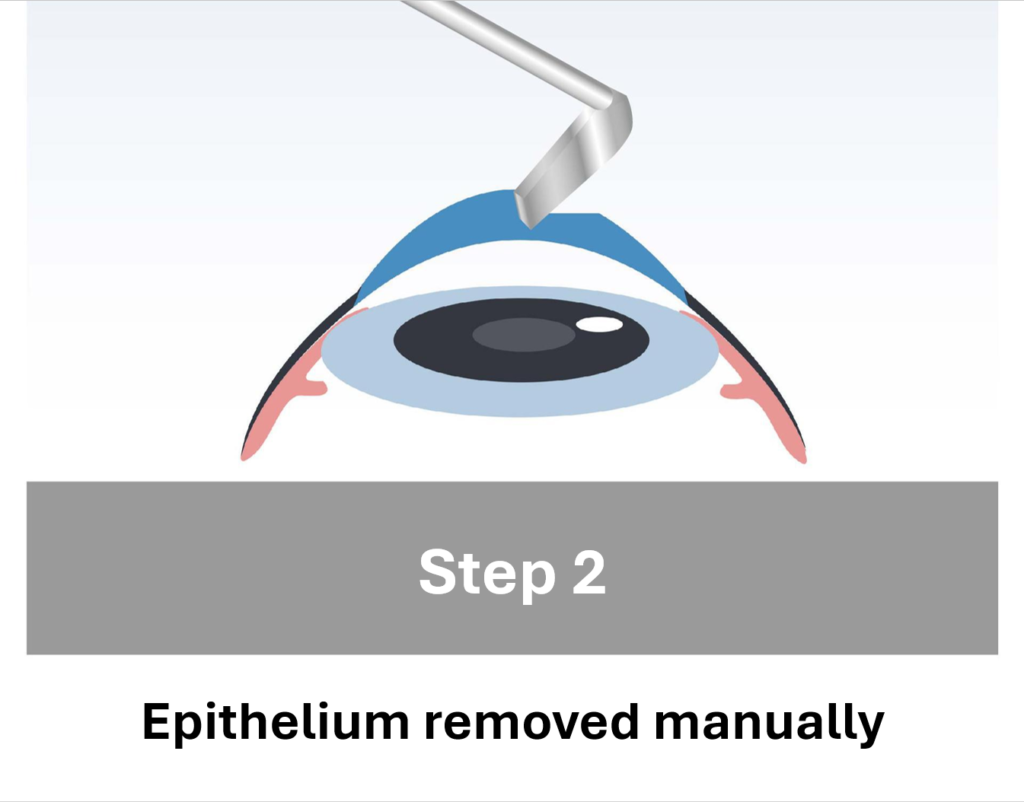
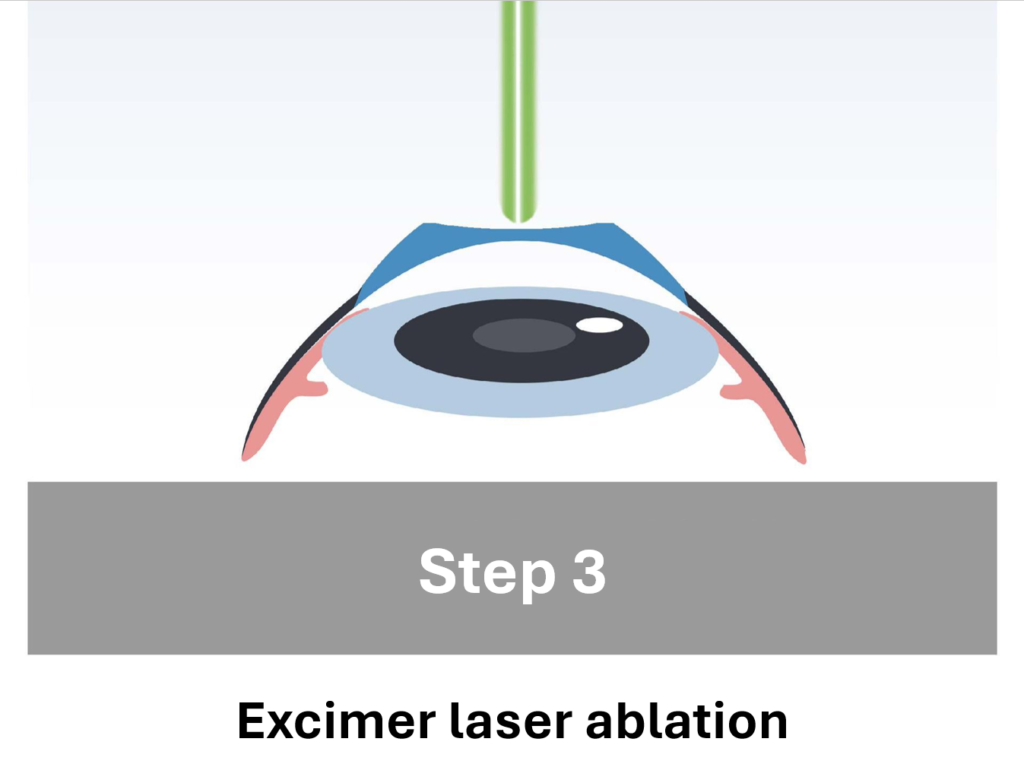
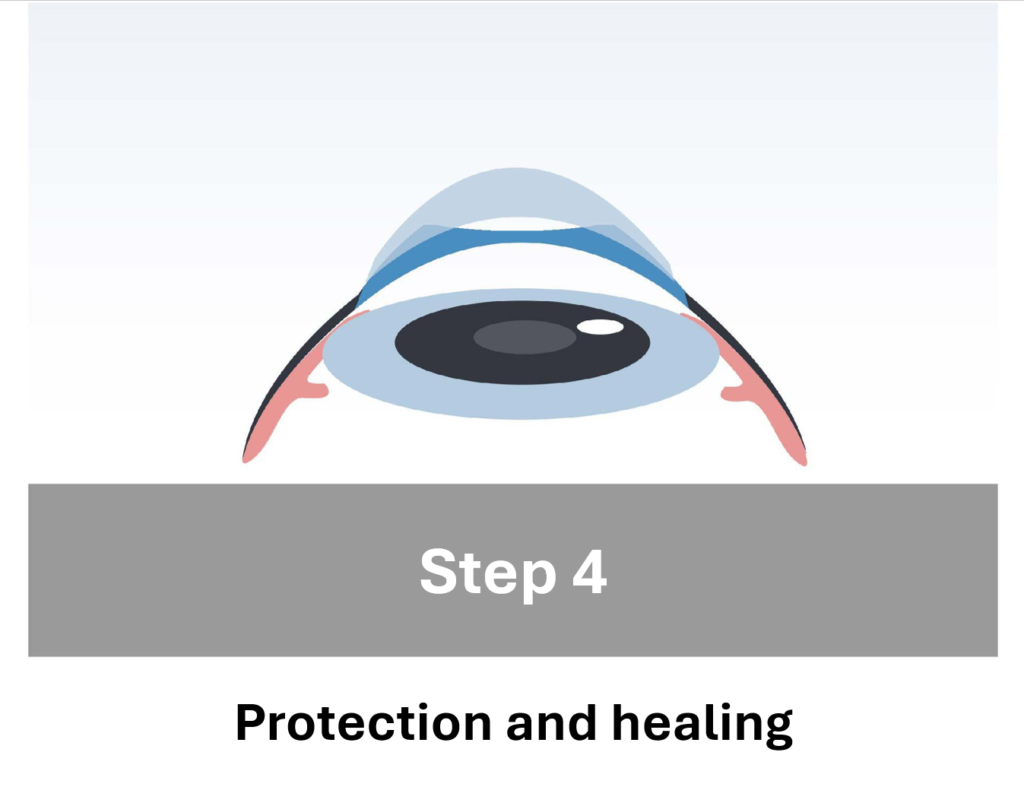
TransPRK
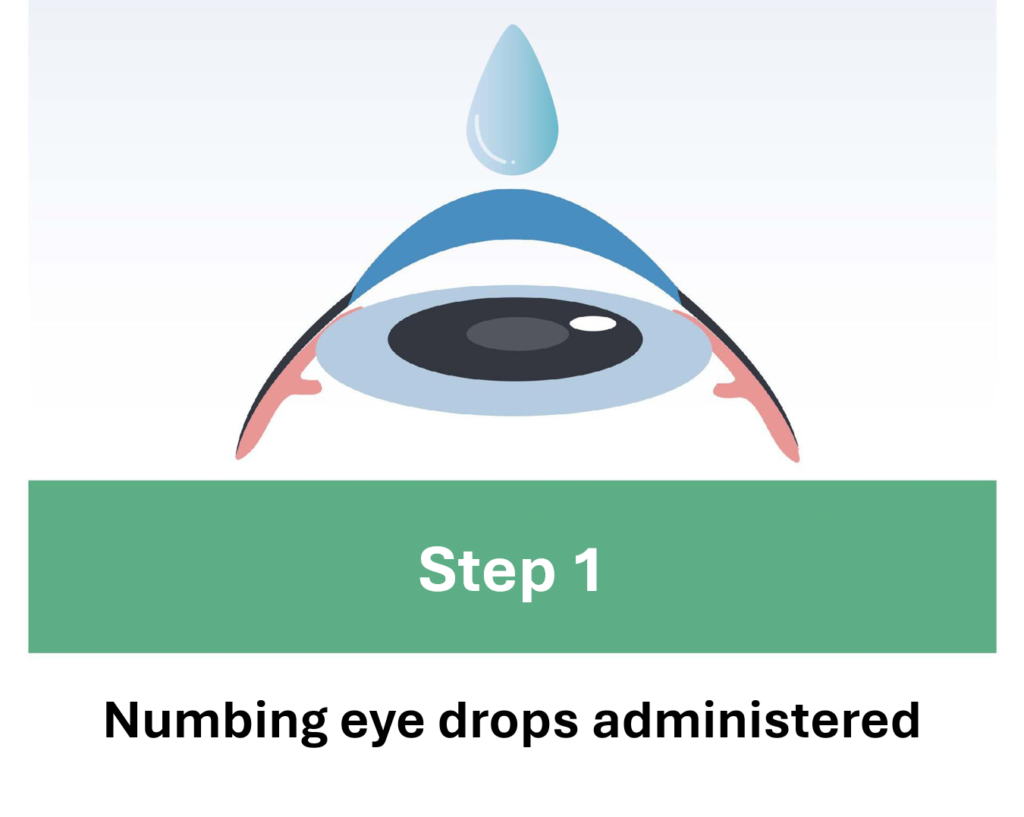
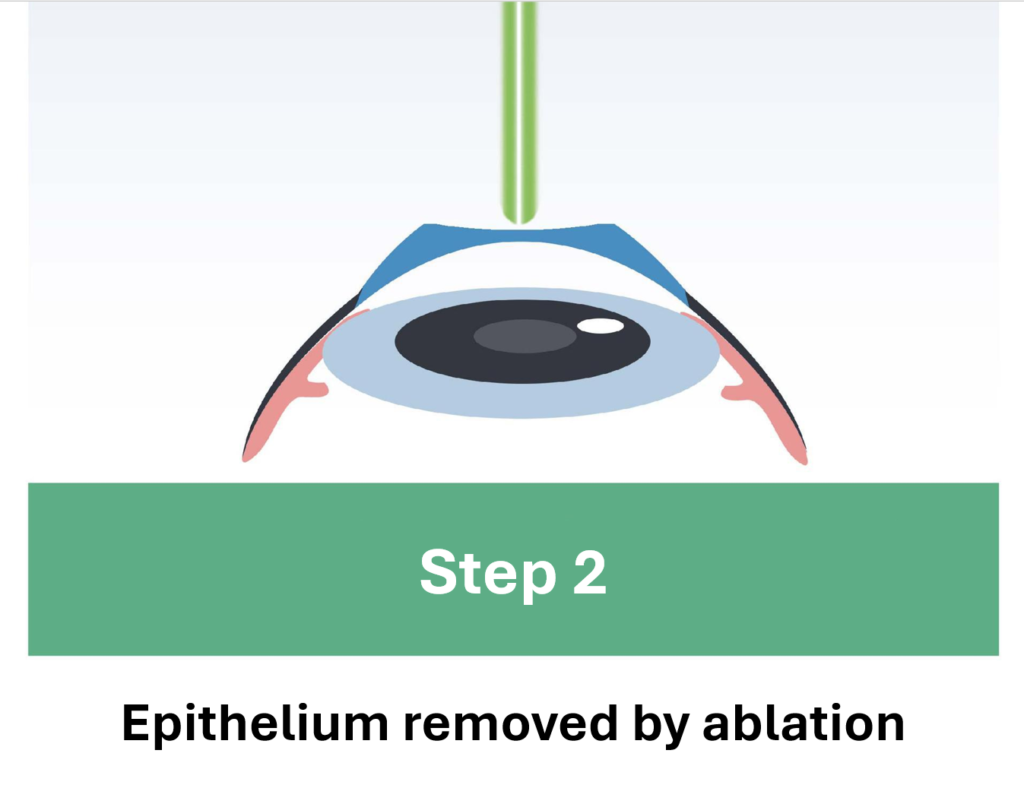
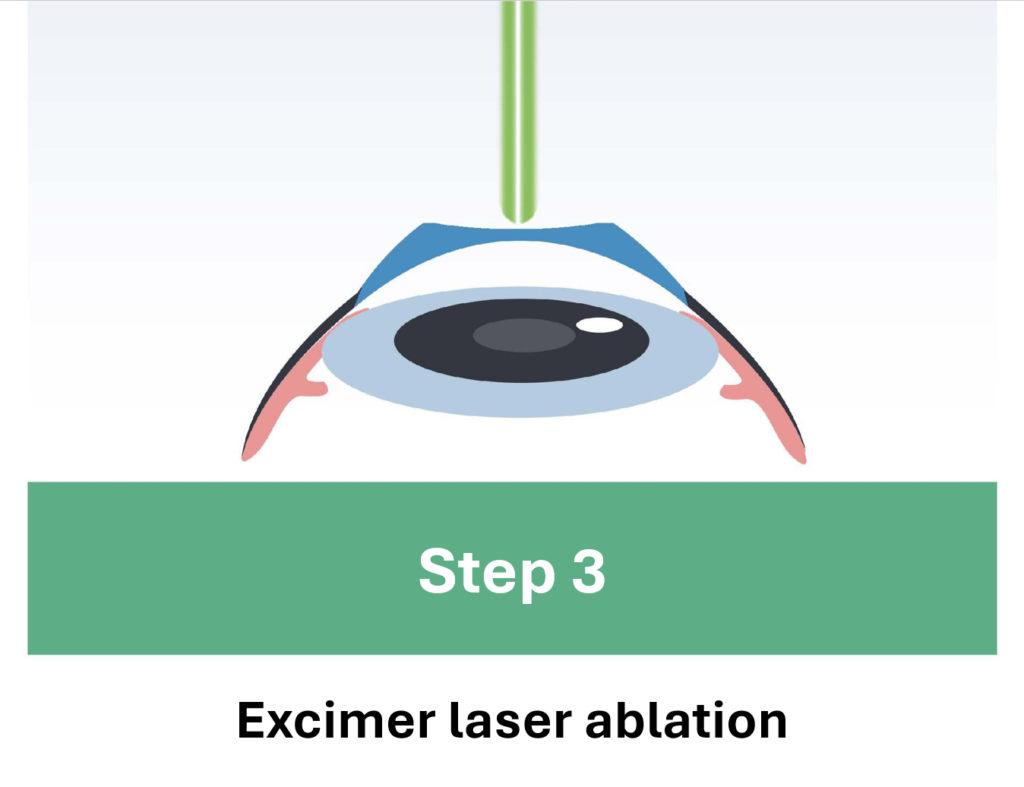
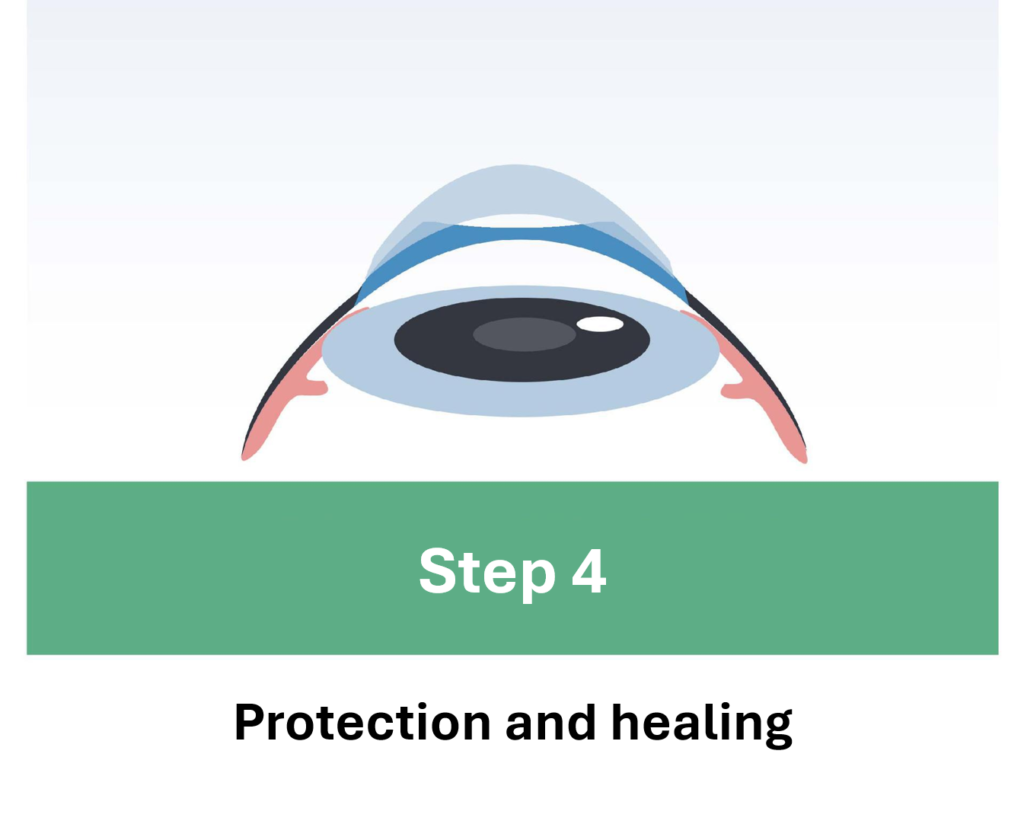
Benefits
- Flap-free: no flap complications
- Least Invasiveness: surface-level procedure only with no incisions
- Suitable for thin corneas: requires the least amount of cornea to make adjustments
Drawbacks
- Slowest recovery: The cornea epithelial layer regenerates after the surgery, taking 1-2 weeks to fully recover
- Moderate discomfort: Because the epithelial layer is removed, there may be temporary irritation
Second Generation: Laser-Assisted In Situ Keratomileusis
Laser-assisted in situ keratomileusis (LASIK) is the most commonly performed refractive surgery that involves creating a thin corneal flap using a femtosecond laser to expose the underlying stromal layer. An excimer laser is then used to precisely reshape the cornea, correcting refractive errors such as myopia, hyperopia, or astigmatism. Unlike PRK, LASIK preserves the outer corneal epithelial layer by repositioning the flap after the procedure, which typically results in less postoperative pain and a faster visual recovery.
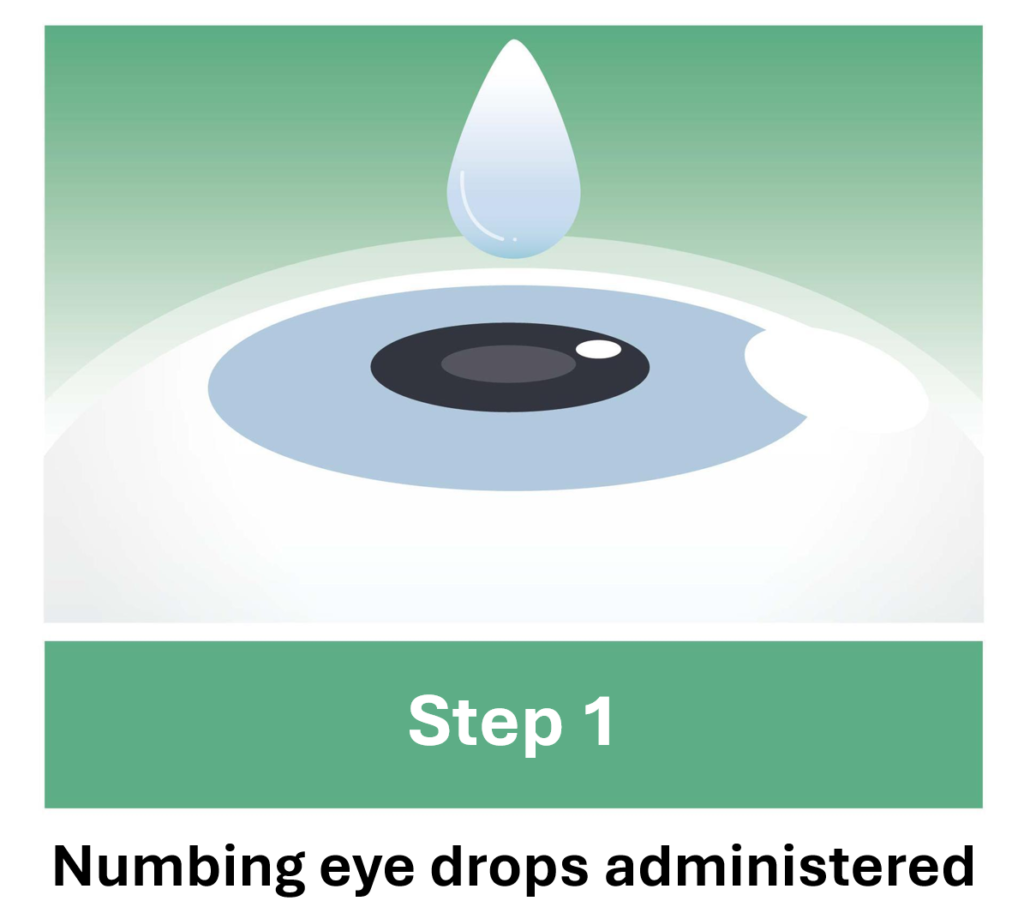
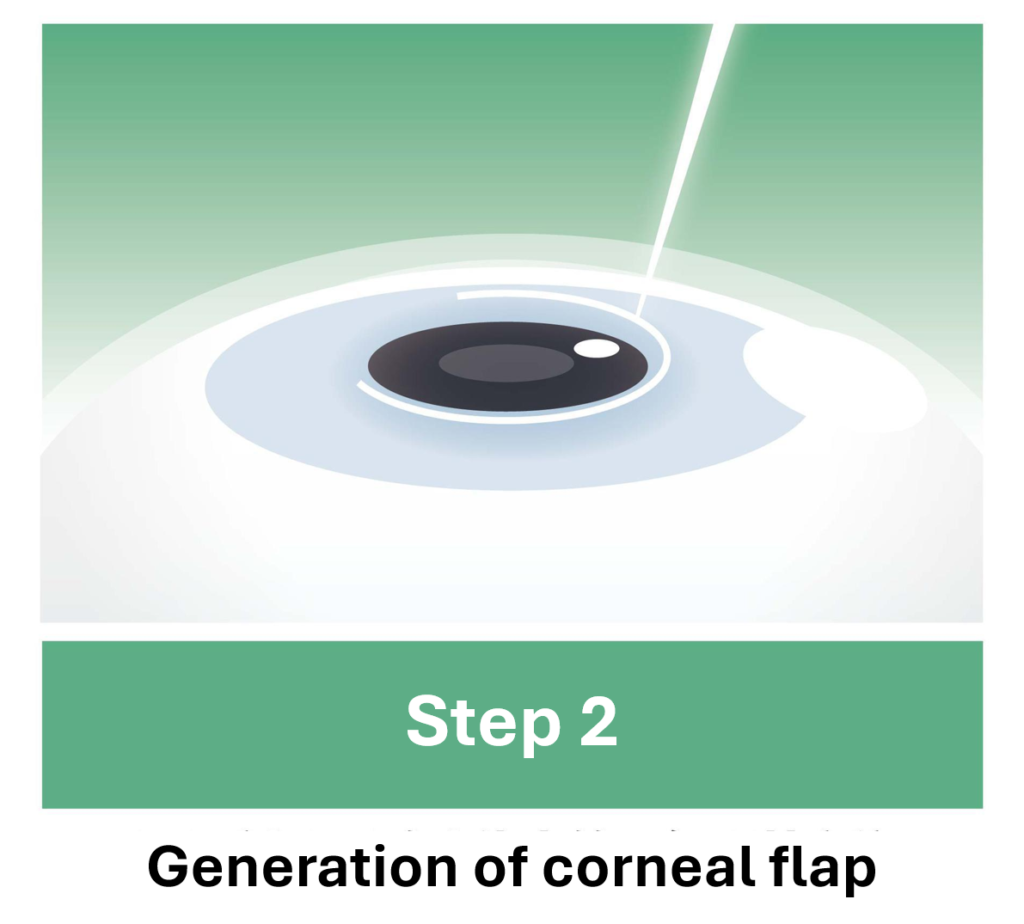
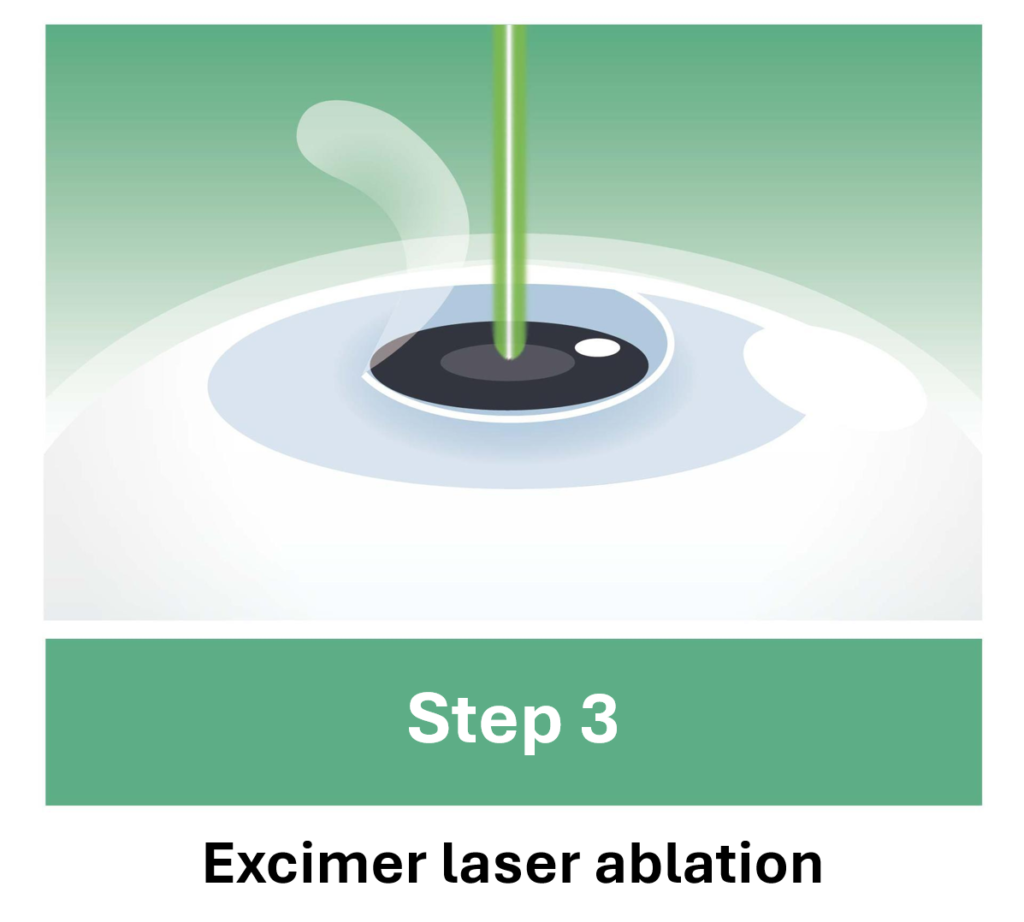
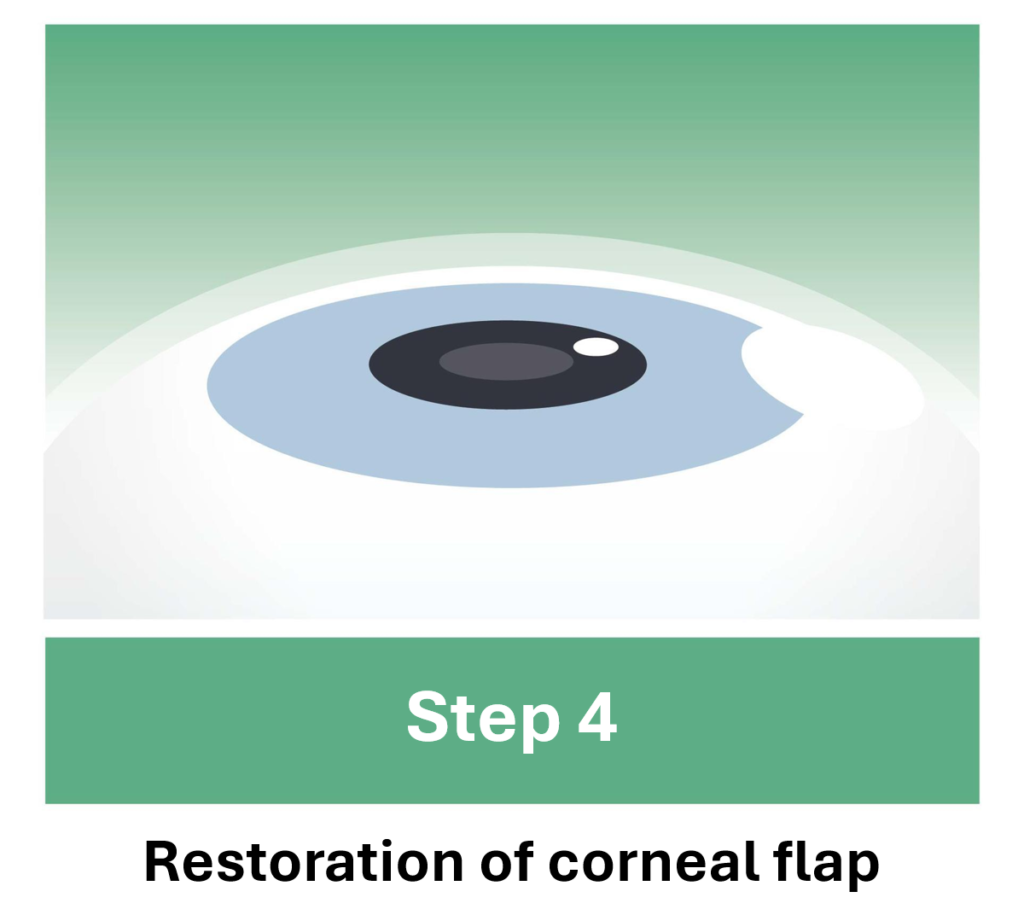
Benefits
- Fastest recovery: fastest recovery in just 1-2 days
- Minimal discomfort: low irritation after surgery
Drawbacks
- Requires thicker cornea: The flap generation in LASIK requires more corneal tissue than other procedures
- Flap surgery: increased risk of flap-related complications and Dry Eye Syndrome
Third generation: Keratorefractive Lenticule Extraction (KLEx)
Unlike PRK or LASIK, which reshape the cornea by ablating tissue, keratorefractive lenticule extraction (KLEx) uses a femtosecond laser to precisely cut a small, lens-shaped piece of corneal tissue (lenticule) within the stroma. This lenticule is then removed through a tiny incision, typically 2 to 4 mm in length, allowing for vision correction with minimal disruption to the corneal surface. KLEx is the newest class of refractive surgery.
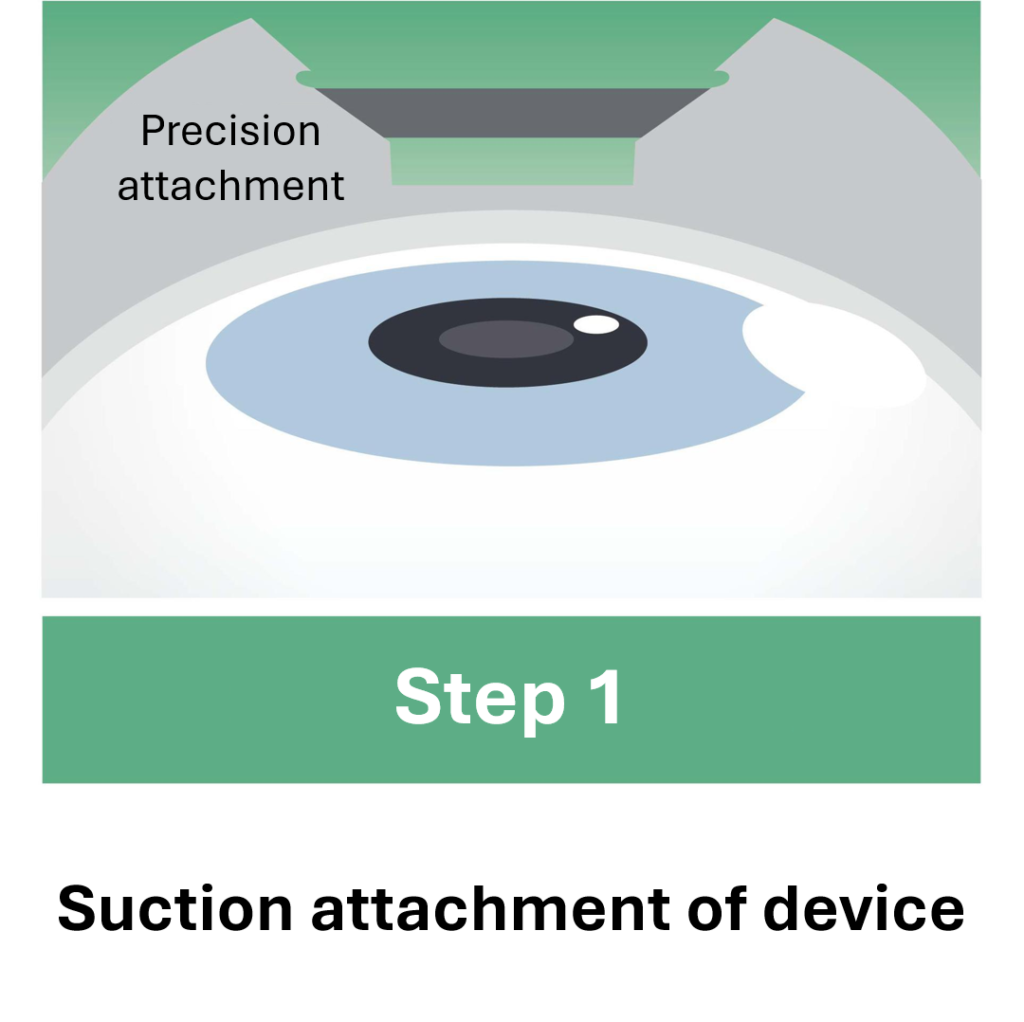
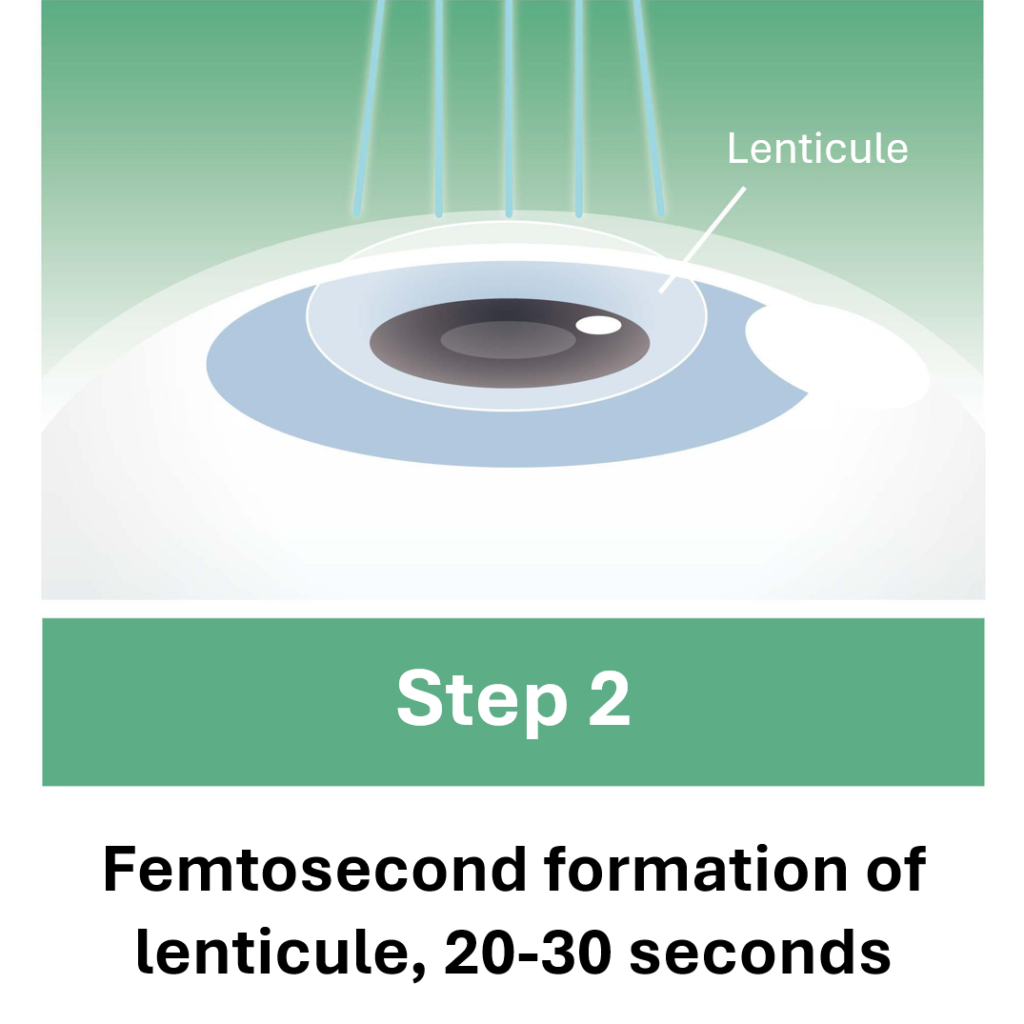
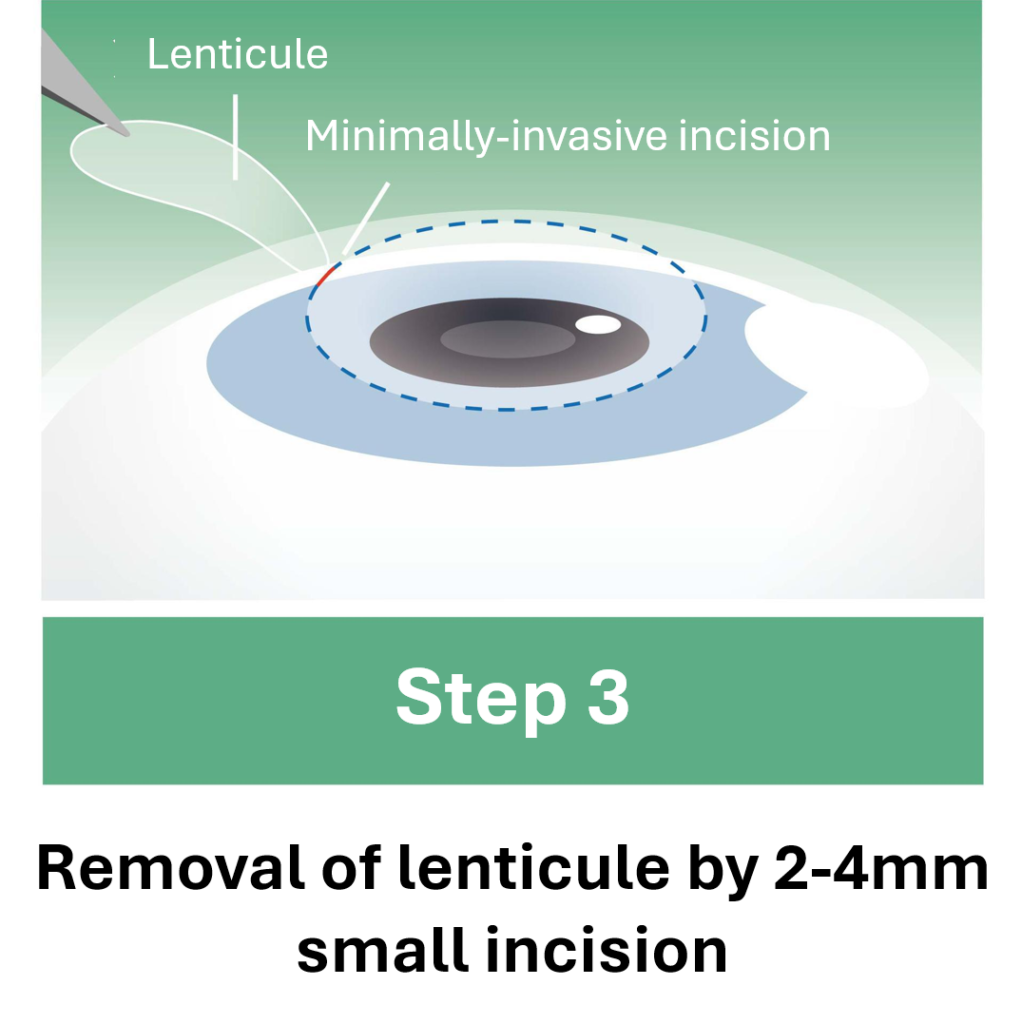
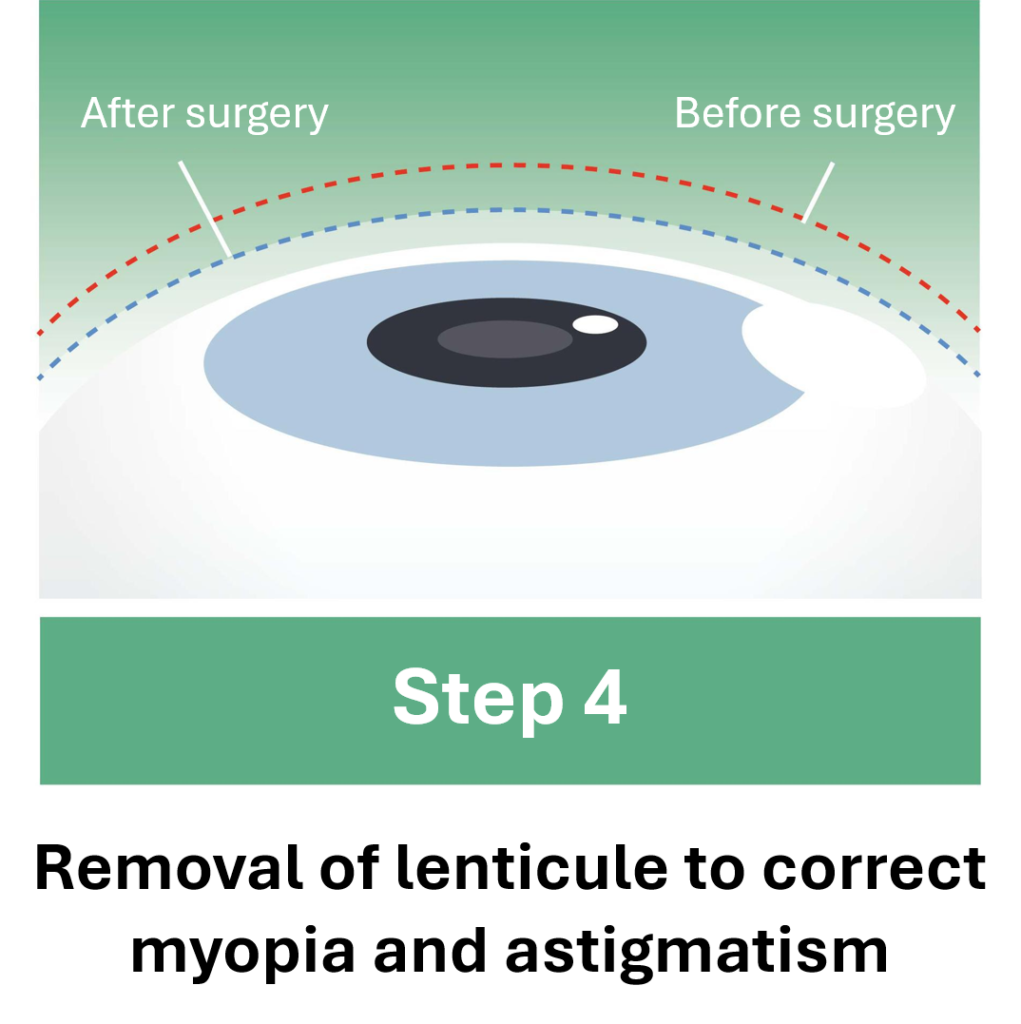
Benefits
- Flap-free: no flap-related complications
- Minimally invasive: 2-4mm incision causes least trauma to the eye
- Reduced risk of dry eye syndrome: corneal nerves are spared during the surgery
- Improved structural stability: reduced risk of flap-related complications
Drawbacks
- Limited range: cannot correct farsightedness or high degress of myopia
- Higher cost: SMILE usually costs more than PRK and LASIK
Nobel Medical Group Services
SMILE Pro
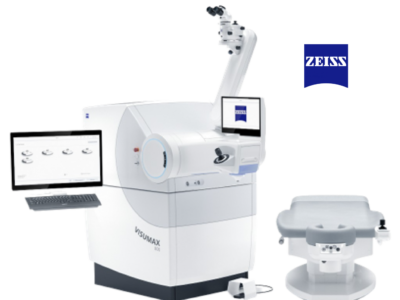
Zeiss (Germany) VisuMax 800
SMILE Pro is the newest version of the SMILE procedure powered by the Zeiss VisuMax 800. The VisuMax 800 uses an upgraded 2MHz femtosecond laser that allows faster generation of the lenticule. This requires patients to hold their eyes still for a shorter duration during the surgery, improving patient comfort and decreasing the risk of complications.
SMILE
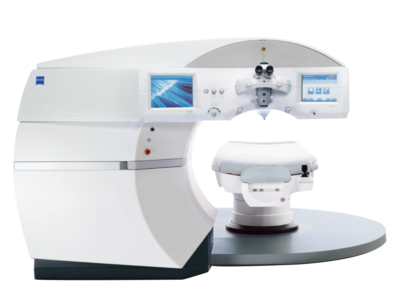
Zeiss (Germany) VisuMax 500
SMILE is powered by the ZEISS VisuMax 500. SMILE is the first surgery that implemented the KLEx technique (previously called ReLEX), serving as an alternative to LASIK with decreased risk of flap complications and Dry Eye Syndrome.
SILK
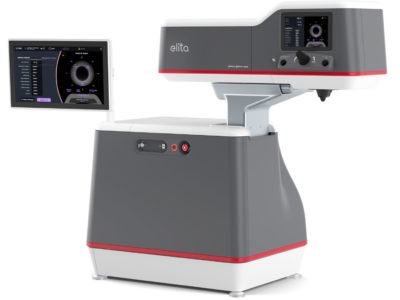
Johnson & Johnson (USA) ELITA
Smooth incision lenticule keratomileusis (SILK) is a novel KLEx procedure powered by the ELITA laser system. SILK is the only procedure that generates a biconvex lenticle, which allows symmetric adhesion of both sides of the cornea after surgery. SILK also uses a high frequency laser that produces a smooth lenticular surface. Together, these innovations allow both sides of the cornea to join together smoothly without abberations or pockets after surgery.
SMART Pro
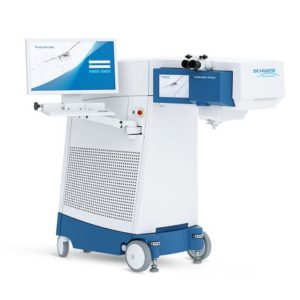
SCHWIND (Germany) ATOS
SMART PRO is powered by the SCHWIND ATOS and bosts novel technology, including CenTrax, an improved eye-tracking system that can compensate for rotational movement of the eye during surgery. SMART Pro also utilizes a high frequency 4Hz laser with improved precision that reduces tissue damage, improves visual recovery and generates a smoother lenticule.
SMART Clear
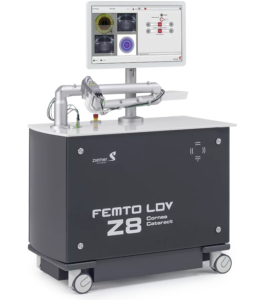
Ziemer (Switzerland) FEMTO LDV Z8
SMART Clear, powered by the FEMTO LDV Z8, utilizes a high-frequency laser that performs overlapping cuts, producing a smooth lenticule.
IntraLase FS Laser
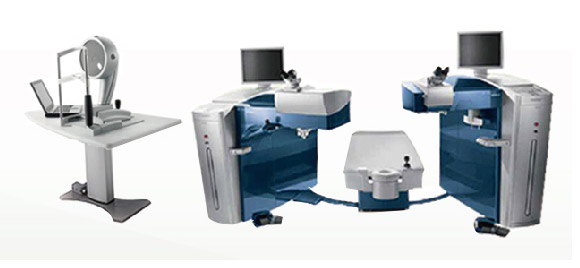
Johnson & Johnson (USA) IntraLase FS
The IntraLase femtosecond technology allows bladeless generation of a corneal flap.
Wavefront-guided LASIK
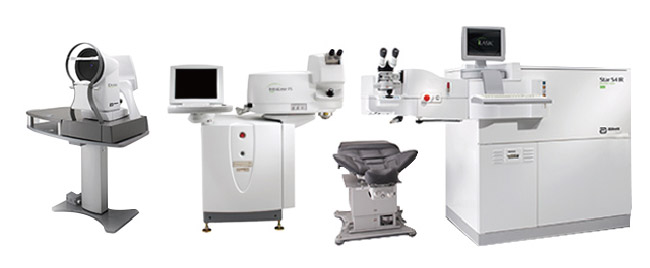
Johnson & Johnson (USA) iDESIGN Refractive Studio and STAR S4 IR Excimer
The iDESIGN Refractive Studio creates an enhanced topological map of the cornea for improved customization of the surgery and improved results, also known as Wavefront-Guided LASIK. The STAR S4 excimer laser system combines this topological map with its variable spot beam technology, which enables precise excimer laser pulses of variable size and energy to perform a customized adjustment to the patient’s cornea.

